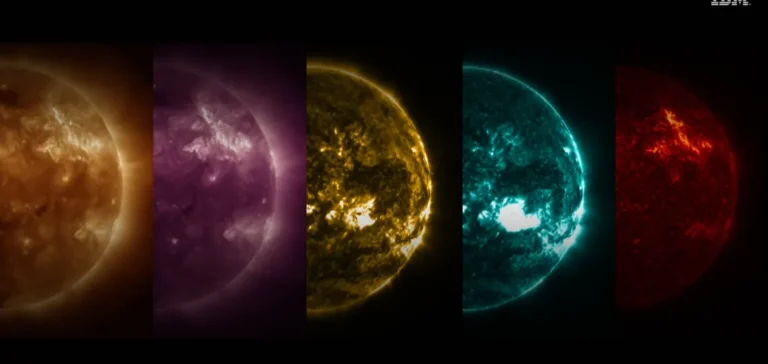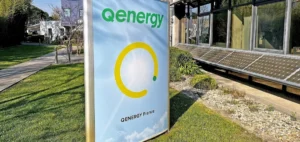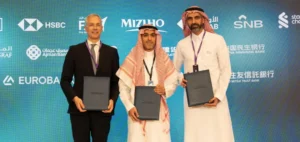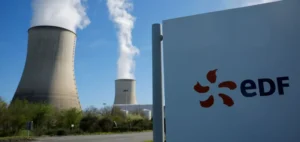IBM and the National Aeronautics and Space Administration (NASA) announced the launch of an open-source artificial intelligence (AI) model designed to analyze solar data and anticipate the effects of space weather events on critical technological systems. Named Surya, after the Sanskrit word for the Sun, the model represents a first in applying AI to heliophysics. It has been released on Hugging Face, a platform specialized in distributing machine learning models, to broaden access for scientific and industrial communities.
Surya was trained on data collected by NASA’s Solar Dynamics Observatory over a nine-year period. These images, significantly larger than those used in traditional AI training, required a custom technical architecture capable of managing their scale and complexity. The model can identify solar structures with unprecedented precision, improving accuracy in predictive tasks such as solar flare detection and ultraviolet spectrum modeling.
Growing risks linked to space weather
The increasing reliance on satellites and telecommunications networks makes economies more exposed to disruptions caused by solar phenomena. Solar flares and coronal mass ejections can affect GPS navigation systems, interrupt telecommunications links, damage orbital equipment, and pose health risks to space crews. According to a systemic risk scenario modeled by Lloyd’s, a major solar storm could cause up to $2.4 trillion in cumulative economic losses over five years.
Recent incidents have already resulted in flight diversions, GPS service interruptions, and satellite damage. Surya provides an additional tool to anticipate these events and limit infrastructure exposure. It enables, for the first time, visualization of a solar flare’s predicted location up to two hours before its occurrence.
Technical advances and sector applications
Among the measured progress, researchers report a 16% improvement in solar flare classification accuracy compared to previous methods. This performance is based on the model’s ability to interpret high-resolution data with spatial precision never before achieved in astrophysics-oriented AI applications.
This development is part of a broader partnership between IBM and NASA to integrate AI capabilities into the analysis of natural systems. It follows the release of Prithvi, a series of foundation models developed to process geospatial and climate data. These tools aim to strengthen the ability of researchers and institutions to anticipate natural events impacting economic infrastructure.
Open access to accelerate research
The release of Surya as open-source is intended to democratize access to advanced models in space weather forecasting. Users can adapt the algorithm to their region or industry-specific needs, paving the way for new forms of predictive modeling.
The entire training dataset—the largest ever published in this field—is also available, supporting reproducibility of research and the development of tailored solutions. This open-access strategy seeks to accelerate applied research while enhancing the resilience of critical systems to solar disruptions.






















